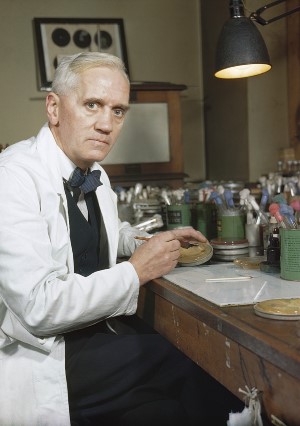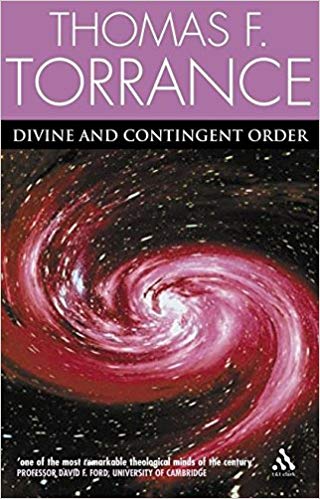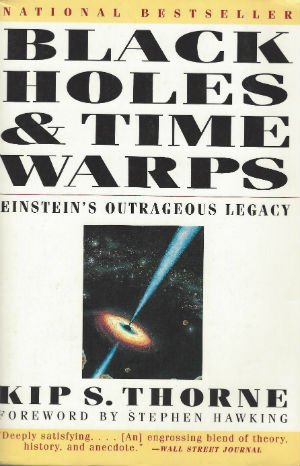‘Happy Accidents’: The Thing About Penicillin
By Neil Earle
 Alexander Fleming discovered penicillin accidentally in 1928 when leaving a mold in a petri dish while on vacation.
Alexander Fleming discovered penicillin accidentally in 1928 when leaving a mold in a petri dish while on vacation.There is much feverish activity right now among scientists to find a cure for the scary Corona Virus. More often than not, however, some of the most impressive scientific advances across time have been the result of what are called “happy accidents.”
Whether Newton’s apple and Watt’s steam kettle are folk tales or not they live on for an important reason, one Professor Tom Torrance, a pioneer of scientific theology, saw as at work in the era of Einstein and Bohr. An often forgotten principle of science is that to solve complex bewildering problems, higher levels of intelligibility from other fields often needs to be introduced to resolve bottlenecks.
Quite often in the history of science investigations get stuck and need inputs from another arena to make progress. Sometimes the process can be quite accidental. We’ve all heard of Archimedes lying in his bath when the displacement quality of water hit him and he uttered the famous “Eureka!”
Now it’s nice to know that Readers Digest feels the same way. The editors supplemented an argument this web site was making years ago. Under their February, 2020 article “Accidents that Changed History,” researcher Jacopo della Quercia used the same true story we wrote about some time back. It was about how biologist Alexander Fleming discovered penicillin accidentally in 1928 when leaving a mold in a petri dish while on vacation. On his return Fleming found one dish dotted with bacteria everywhere except where some mold was growing.
“The area around it was clear, as if protected by an unseen barrier,” reports Quercia, “Upon closer inspection Dr Fleming realized that the mold, a rare form of Penicillium Notatum, had secreted a mold juice that killed several strands of bacteria.”
He published his findings which were discovered by accident by Howard Florey, an Australian pathologist. Teamed with biochemist Ernst Chain, they explored the therapeutic effects of the strange juice and by 1941 used a sample on a human subject, successfully.
All three men shared the Nobel Prize and their magic mold went on to save hundreds of thousands of lives by the time of the D-Day invasion of 1944.
And all through two accidents scattered across time.

Updating Newton
This is important for Christians and science. In the 1700s skeptic David Hume saw Biblical miracles as infringements of natural law and thus impossible in the Clockwork Universe of Newton that functioned by strict and decipherable mathematical laws. Christians argued that such laws are often “read into Nature” in the first place. For example: Can 60,000 tons of steel float? Not normally, unless different knowledge is applied from other fields.
How ironic that it took the obscure monk Gregory Mendel’s cataloguing of plant genetics, for example, to offer the proponents of Natural Selection a mechanism to help support their theory. Higher knowledge applied from another field! Torrance applies this analogy to such “impossible” events as the Resurrection of Jesus. Both he and theologian N.T. Wright argue that the doubters on Mount Olivet at the Ascension (Matthew 28:17) were suffering from overmuch Reality, not a lack of evidence.
Not only is this knowledge that is applied to the natural realm a result of searching and inquiry but…it is just as often a result of accident.
Staying Properly Humble
As Torrance went on to argue, humility is a pre-condition of the scientific process. There is simply too much of what he called “contingency” (things are not as settled as they seem) at work in the cosmos. In quantum physics investigators can alter the position or direction of a particle by simply investigating, Kip Thorne of Caltech supports Torrance’s claim of the “combination of unpredictability and lawfulness found in nature.” His theme of new possibilities along with rationality makes our universe “an open dynamic system in which nature is capable of a variety of possible developments.” This, he argues may be seen as “the signature of the Creator,” that is, “nature’s capacity spontaneously to generate richer forms of order in the constantly expanding universe” (Torrance, Divine and Contingent Order, page 73).
This is crucial to Torrance’s Scientific Theology. It is one of many points he adduces which could conceivably outflank the sweeping determinism at work in Darwinian theory (DCO, 55), an intellectual box canyon which many Darwinians themselves have identified. Stated simply in our dynamic universe, things can go backwards as well as forward. In fact, this basic Torrance assertion offers a critique of Darwinism from a higher level than much popular apologetics has been able to offer.
Other scientists admit the challenge to Darwinist one-off thinking (“natural selection explains it all”) from the conditions more and more being reported at the very boundaries of orderliness. This is shorthand for the many new realities that often baffle our physicists – things such as dark matter, dark energy, antimatter, quarks and the like. “The frontiers of science are filled with uncertainty and confusion,” admits Nobel Prize winner Leon Lederman of the University of Pennsylvania. “Every step forward is accompanied by new mysteries. Science lives with its uncertainties.”

The Respect for Mystery
Thus, even on this popular level one can see the New Physics of Planck, Bohr and Einstein offering a radical revision of three centuries of fixation on Natural Law. The conventional wisdom of David Hume’s time needs balancing out by the awareness of how factors such as intuition, hunches, inspired guesswork – and yes even happy accidents – often drive the scientific enterprise forward. Newton’s apple and Watt’s steam kettle echo what Einstein saw as the indispensible element in true science: the respect for mystery, a religious awe in the face of the Intelligence of him Einstein called the Old One (CISE, 9). Einstein often admitted to “the mysterious comprehensibility of the universe which is yet finally beyond [man's] grasp” (quoted by Torrance in Theological and Natural Science, page 31).
The humility with which true scientists advance their theories – consider Einstein waiting four years for his theory of gravity bending light to be demonstrated – this fierce fidelity to truth offers a lesson for all of us. A cosmos big enough to allow for happy accidents is indeed a signature of the Creator who “upholds all things by the Word of his power” or else creation could go wobbling off into its original chaos (Colossians 1:17). This same Creator encourages human beings in the project of searching out the mysteries he has built into the system (Proverbs 25:2; Job 38).
Think of this next time we go to the doctor for a shot.